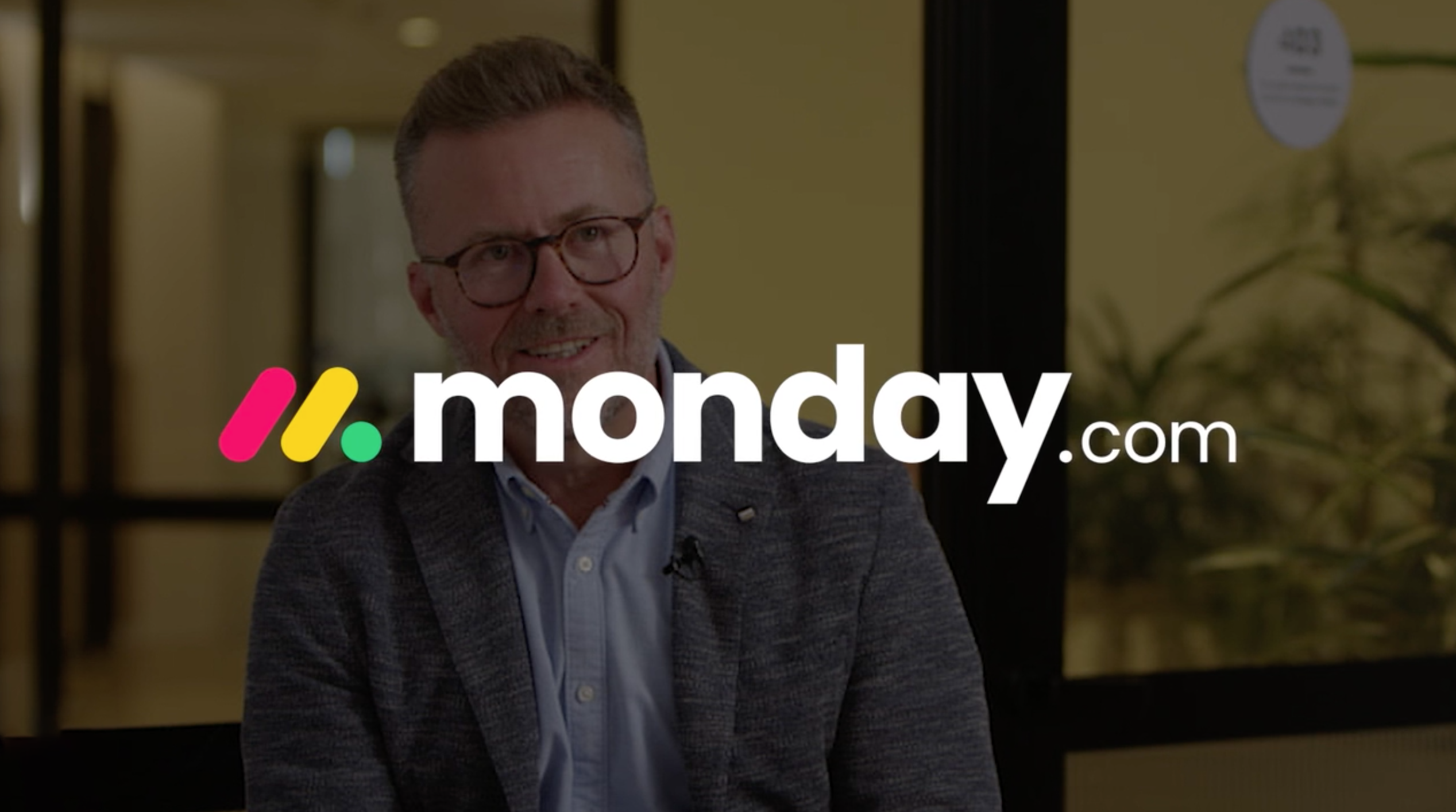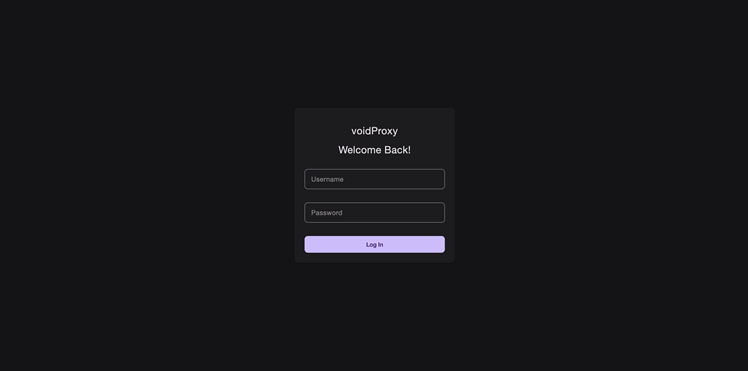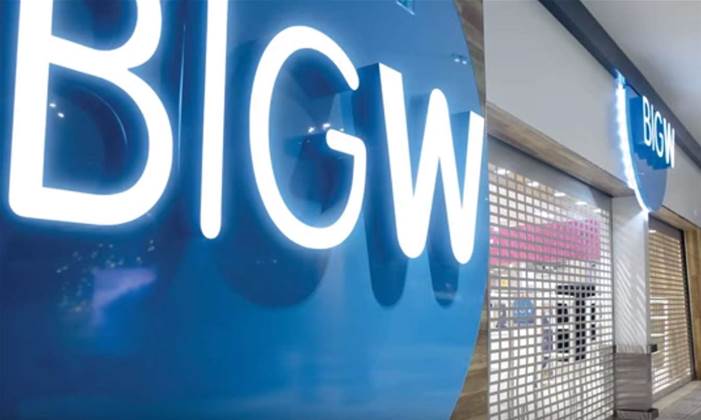From Archives to Live Interaction: The Significance of Engagement Systems
We independently review everything we recommend. When you buy through our links, we may earn a commission which is paid directly to our Australia-based writers, editors, and support staff. Thank you for your support!
- Organizations frequently squander time on obsolete reporting techniques.
- Real-time engagement systems render strategy execution more fluid.
- Key advantages of real-time insights include transparency and alignment.
- AI and automation boost the efficacy of engagement systems.
Transforming Engagement into a Competitive Edge

Organizations have long dedicated substantial time to generating static reports that simply illustrate past occurrences. Dean Swan, Vice President and General Manager of monday.com in APJ, promotes a transition towards ‘systems of engagement,’ where strategies are directly woven into everyday activities. This real-time methodology provides immediate insights into project advancements, allowing leaders to detect obstacles and make prompt, informed choices.
Clarity, Consistency, and Agility
Real-time systems enhance resource forecasting and planning. Leaders can swiftly spot overloaded teams and foresee limitations, facilitating an even distribution of tasks and timely project delivery. This anticipatory method mitigates unexpected hurdles, ensuring the organization remains nimble and responsive.
From Static to Active
Swan highlights that transitioning from static reporting to active execution reshapes the implementation of strategies. A consolidated platform guarantees transparency across all teams, while innovations such as AI and automation further streamline this progression by detecting risks early and handling routine activities autonomously. This transformation shifts strategy from a passive record to a vibrant, interactive system.
Conclusion
Integrating systems of engagement can transform the execution of organizational strategies by delivering real-time insights, nurturing transparency, and utilizing AI and automation. This energetic strategy permits faster decision-making and a more flexible reaction to challenges.
Q: What constitutes a system of engagement?
A: A system of engagement refers to a strategy integrated into daily operations, facilitating real-time visibility and decision-making.
Q: What advantages do real-time insights provide for organizations?
A: Real-time insights assist in pinpointing bottlenecks, aligning resources, and anticipating constraints, resulting in effective project management and fewer surprises.
Q: How do AI and automation contribute to systems of engagement?
A: AI and automation augment systems of engagement by spotting risks early, automating routine tasks, and enabling teams to concentrate on high-impact activities.
Q: In what way does a system of engagement vary from traditional reporting?
A: Traditional reporting is static and retrospective, whereas a system of engagement is dynamic, offering real-time updates and allowing for proactive decision-making.
For further information, please visit https://monday.com/enterprise-agile







.jpg&h=420&w=748&c=0&s=0)




